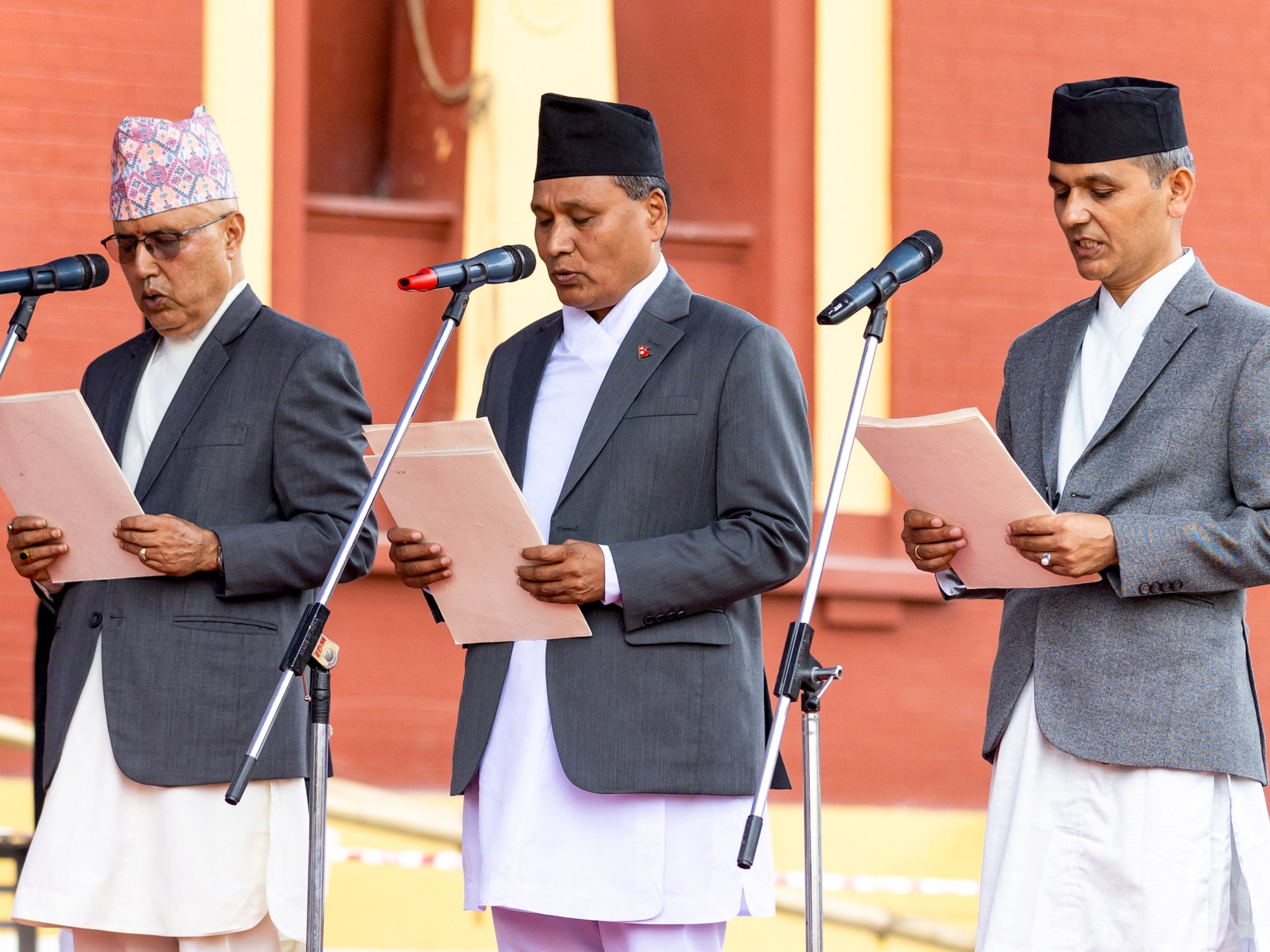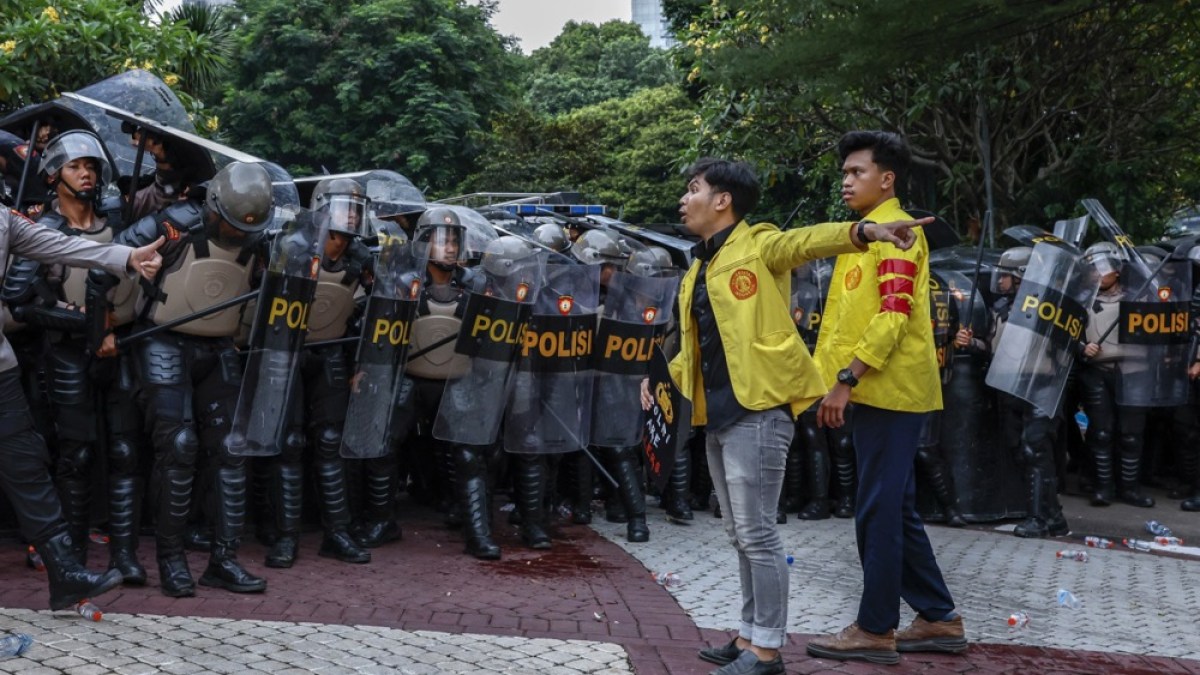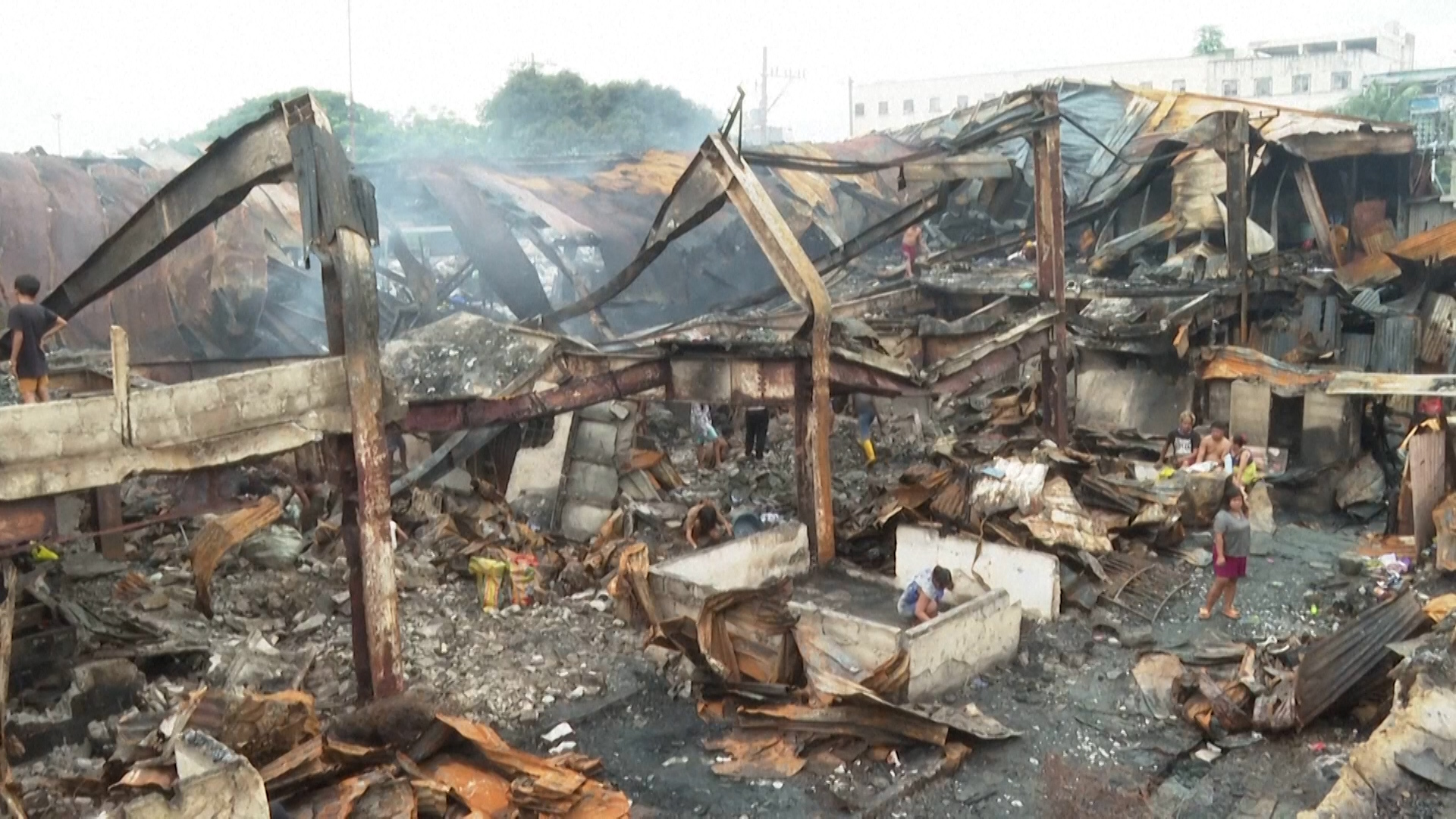India’s most recent encounter with Pakistan in the Asia Cup was celebrated as a patriotic spectacle: a win dedicated to the armed forces and those affected by the Pahalgam attack. Such declarations, however, expose something deeper: a strategy of playing politics with sport, hypocrisy masked as principle.
Beneath this posturing and tokenism lies a contradiction too stark to ignore. This is not just sport. It is cynical theatre in which administrators, players and commentators attempt to ride on two boats at the same time. The hypocrisy is visible to anyone with a sane set of eyes.
At the heart of this contradiction is the relationship between India and Pakistan in cricket. Officially, India refuses bilateral cricket with Pakistan. The line is firm: no tours, no series and no diplomacy. The justification rests on national security, especially after the clash between the South Asian neighbours in May.
Indian artists are banned from collaborating with their Pakistani counterparts. Pakistani singers and actors once popular in India have been cut off on social media and otherwise. Indian celebrities themselves are trolled and shamed for past collaborations done on neutral grounds.
Yet the same ecosystem explodes with excitement when India faces Pakistan in multination tournaments. Matches are packaged as spectacles, marketed as the “greatest rivalry” and cashed in for billions in advertising revenue.
This duality is not accidental. Jay Shah, now serving in International Cricket Council (ICC) leadership, has been accused of pressuring Team India into playing Pakistan despite reluctance from within the camp. Sanjay Raut, a member of parliament in India, recently alleged that Shah’s hand forced the decision, turning the match into an obligation rather than a choice.
If true, this signals how far politics has penetrated Indian cricket administration for the sake of money and clout. The game is no longer simply sport but a vehicle for symbolic battles decided in boardrooms, not dressing rooms.
The hypocrisy becomes sharper when one considers the home environment. While Indians in other spheres faced online lynching for working with Pakistani colleagues even before the war, cricketers are being placed on a pedestal for defeating Pakistan. It is not only about double standards. It is about a calculated exploitation of sentiment.
Cricket is permitted as the only arena of “contact” because cricket sells more than most things in India. The ban on cultural exchange is explained as nationalism, but cricket is exempted in the name of multilateral obligations and commercial survival. Dedications of wins to soldiers and terror victims act as moral cover for what is essentially a business transaction. This is sheer hypocrisy and tokenism.
If India insists on involving politics in sport, consistency demands more. Look at Muslim athletes and countries known for boycotting matches against Israeli opponents. They forfeit games, risk sanctions and face bans. Whatever one thinks of their politics, their actions are clear, uncompromised and costly. They make a stand and face consequences.
India refuses bilateral cricket with Pakistan yet plays them in ICC tournaments because the money is too big to lose, especially when most of it comes home through viewership endorsements and advertisements. It tries to sail on two boats, waving nationalism with one hand while collecting profits with the other. The dedication of victories to the armed forces does not erase that contradiction. It exposes it.
The India-Pakistan rivalry itself is not what it used to be. Competitive balance has tilted drastically. India has dominated recent contests due to the Pakistani team’s poor form. Suspense is long gone, but the manufactured hype remains.
Broadcasters and advertisers pump the match as if it still defines the fate of nations. In reality, it defines the fate of sponsorship deals. The sporting value is hollowed out. The symbolic gestures after each victory only add to the theatre. In their latest match on Sunday, Indian players refused to shake hands with their Pakistani counterparts.
Such dissonance turns patriotism into branding and erodes the dignity of national discourse. The Board of Control for Cricket in India, the ICC leadership and political voices close to the game must confront this contradiction. Cricket cannot remain both business and battlefield. A rivalry stripped of sporting essence but inflated with symbolism cannot endure. The Pahalgam victims deserve solidarity but should not be used as props for cricketing theatre. Sport deserves freedom from tokenism.
Instead of continuing this hybrid model of opportunism, India can opt for one of two choices. It can refuse to play Pakistan entirely, across all formats, including ICC tournaments. That would align deeds with words at the highest level. It would be costly in terms of ICC sanctions and revenues, but it would at least be consistent.
Or India can accept playing Pakistan as part of sport while removing politics and symbolic dedications from the game. That would mean treating cricket as cricket, not as a stage for nationalism.
India’s cricket establishment must choose one path. If it wants politics in sport, it must show the courage of consistency. If it wants to keep politics out, it must strip away the hollow dedications and patriotic posturing. The current approach of trying to sail on two boats is not sustainable. It fools no one, neither at home nor abroad. Cricket is being diminished by this hypocrisy and so is national dignity.





